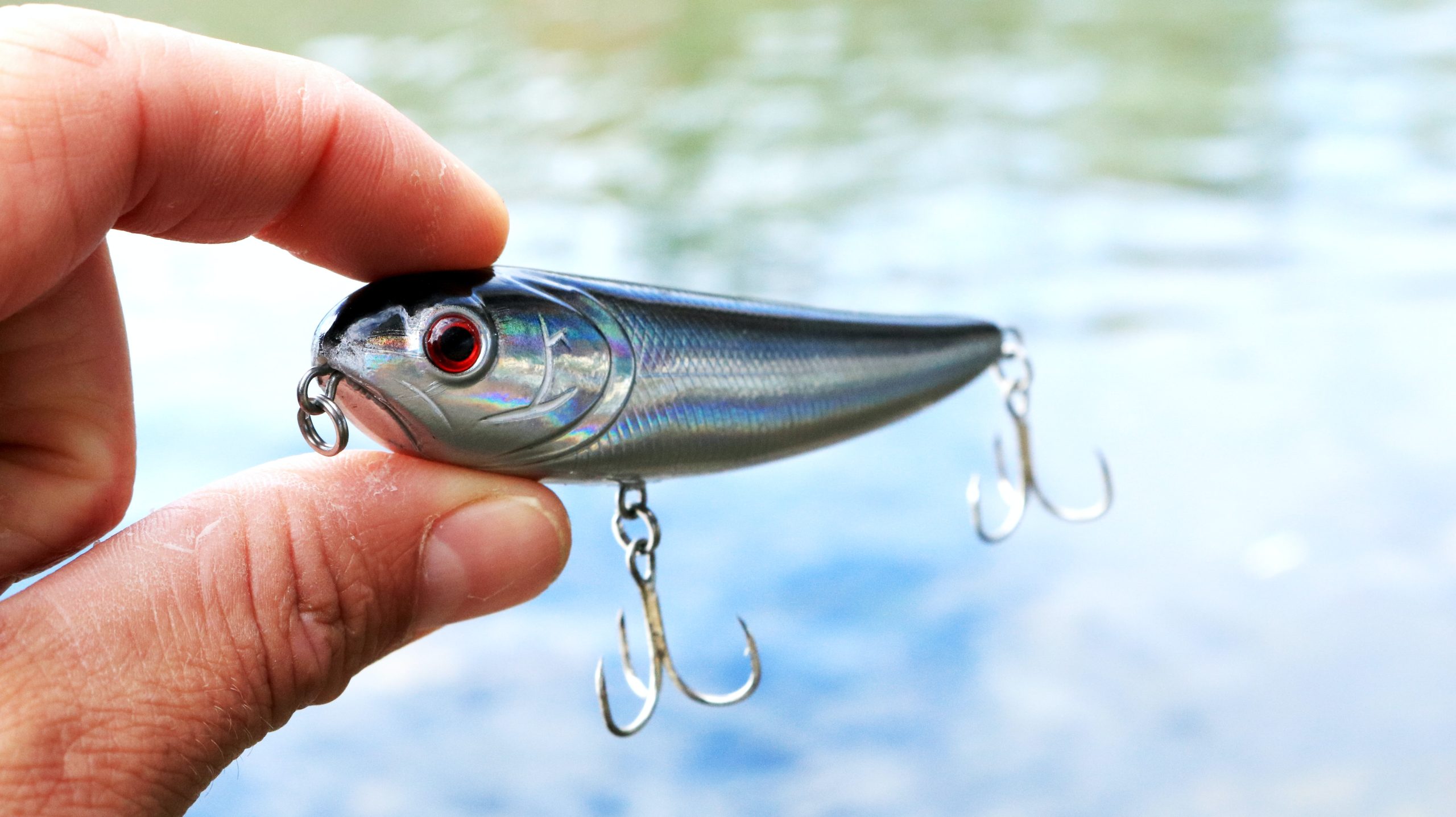Last Updated on October 10, 2022 by admin_hunter
Both the crankbait and jerkbaits have bills on their invoices, which you will notice. The amount and type of movement on the hook are determined by these bills, also known as lips. The depth at which you retrieve the bait can also be affected by these bills, especially if they’re very long.
There are, however, several distinctions between them. When comparing a jerkbait to a crankbait, the difference in size between these two baits is significant.
Furthermore, the crankbait bill is long and broad. It may go down to a depth of 15 feet or possibly more. However, the jerk bait bill is typically smaller than a fingernail. There are, however, some notable distinctions in this area.
Types of Bills
However, we have a variety of bill types to consider. For example:
- Square bills
- Diamond-shaped bills
- Rounded bills
- No bill (lipless)
There are many different types of fishing lines on the market today, and it’s important to choose carefully since not all models will function for you. Much relies on the sort of fishing you intend to do as well as the species and size of fish you’re after.
CRANKBAITS and JERKBAITS are two of the most popular lures for any fisherman, especially bass fishing. However, which option is ideal for you, and what differences between these two baits? Let’s figure that out right now!
Overall Design
Different brands will provide different sizes, forms, materials, and colors. Many of each kind is constructed of plastic; however, some are made of polymers, wood, or metals. They exhibit several differences in their design.
Crankbaits are fatter and shorter, whereas jerkbaits are longer and slender. The majority of jerk baits have three treble hooks, but crankbaits have two.
Both feature bells on the front part of their lures. The size and form of the bills differ depending on the kind of jerkbait or crankbait they are, as well as the different sorts. Jerkbaits are smaller than crankbaits, which is one of the reasons why they’re so popular.
The most common types of bills for both jerk baits and crankbaits include square bills, diamond-shaped bills, and rounded bills. Some jerk baits and crankbaits, on the other hand, have no lips.
Crankbait vs. Jerkbait Retrieval Depth
Is there any depth to it? This differs greatly from crankbaits and jerk baits. Because the bill of a crankbait comes in various sizes and forms, you may frequently utilize the appropriate crankbait for the correct depth.
However, jerkbaits have a much narrower bill variety than other baitfish species. Their bills are usually less than half an inch long and span fewer than six inches in length. They tend to work great in shallow water, such as creeks and ponds – or you can skim the side of the banks on larger lakes and not have to worry about diving too deep where you will snag every structure on the bottom.
If you’re searching for a compromise between lipless and conventional crankbaits, lipless crankbaits might be the answer. A lipless crankbait has a shallow diving depth but the action and appearance.
The lure is classified either as a deep-water or surface-swimmer depending on how far it can sink into the water. The following are their classifications:
Jerkbait
- It is suspending jerk bait. It’s intended to keep the surface and bottom water apart. The most prevalent is this. The fly should be cast into the water and remain there, but you may move it by jerking the rod.
- Floating jerk baits. As the name implies, they can go up to 10 feet beneath the surface, but they will mostly stay near the surface jerking.
- Sinking jerkbait After being thrown into the water, they begin to sink as soon as possible. The lure sinks when you jerk the rod. To adjust the sinking depth to your liking, you need to move the pole.
Crankbaits
Crankbaits, like jerk baits, can be divided into three categories: shallow divers, medium divers, and deep fivers, based on the depth at which they may be cast.
- Shallow divers. They typically have a square nose and can reach up to 5 feet long. They’re ideal for submerged wood, docks, and low-lying grass.
- Medium divers. Can dive up to 10 feet underwater. When they hit the water, they are capable of causing action. The majority of them are lipid and are ideal for use in water.
- Deep divers. Beyond 10 feet, pole and reel fishing is usually done with bait. These lures need a strong cast with the rod.
However, with smaller lips and greater buoyancy, jerk baits do not sink as deep. They are more suited to creeks, streams, and ponds with a depth of fewer than 6 feet. Crankbaits are highly successful in lakes, seas, and oceans with a depth range of 4 to 25 feet. Lipless crankbaits, on the other hand, are suitable for fishing in shallow water.
Swimming Action
The action of a jerk bait resembles that of a baitfish fleeing in panic, whereas the action of a crankbait resembles that of a baitfish swimming away. Jerkbait action can be subtle or aggressive, depending on the situation. They perform swimming, rolling, moving from side to side, twitching, wiggling, and dashing. Crankbaits, on the other hand, produce a variety of behaviors, including vibrating movement, sluggish swimming, rolling, and wobbling motion.
Operating Mechanism
A fishing rod is required to cast and retrieve jerk bait and crankbait. Baitcasting rods and combos are available, but you may also go with a rod and reel combination. Some anglers claim that they can use a specific rod for different types of bait, while others advocate providing a rod for crankbaits that are distinct from jerkbaits.
- Crankbait rod. Medium-action and medium-power, 7-foot long with quick recovery action, are ideal. Using a fishing rod and reel combination, the reel should have a good and smooth drag. It should have a lot of giving at the tip for the crankbait to function properly.
- Jerkbait rod. It should have medium strength and quicker retrieval power, like a crankbait rod. However, it should be no more than 6 feet in length to ensure that the line casts effectively into the water.
Casting Mechanism
Crankbaits are usually thrown into the water and reeled into your desired depth. Jerkbaits are dropped into the water and subsequently jerked up to change their location.
Water and Weather Conditions
In general, crankbaits work best in murky water and jerkbaits in clean water and cold seasons. They can swim through the cold water with a wide, slashing movement thanks to their thin, long bodies. The tiny, rounded crankbaits are best suited for the warmer summer and spring months.
Summary
There is no superior alternative; eventually, every angler will fish in shallow and deep waters. It’s impossible to improve your chances of catching fish with the wrong bait at the incorrect time, so having both baits on hand is your only option.
It’s important to note that the best crankbaits and jerkbaits aren’t that expensive, and both typically have years of use on them.

